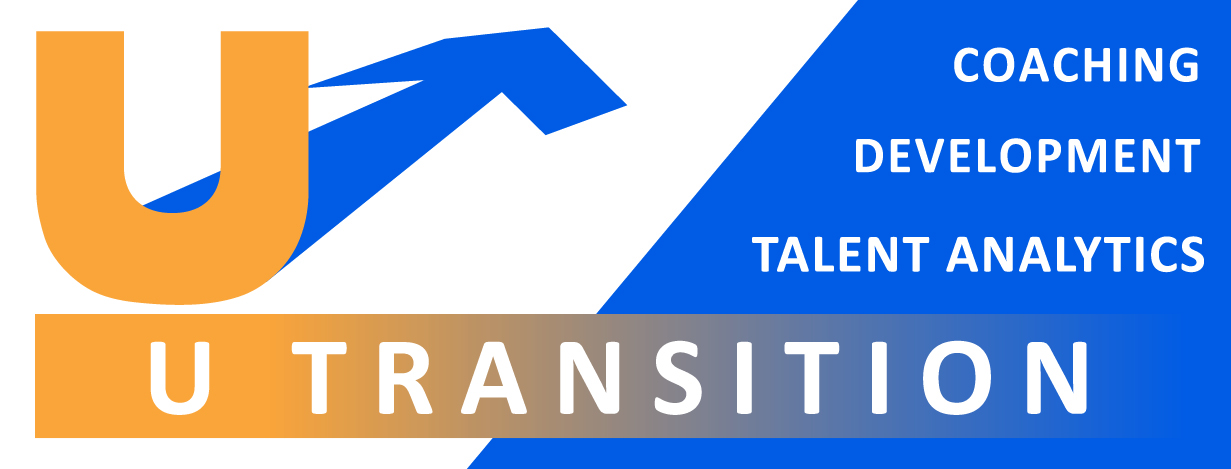
 Susan Adams writes in Forbes:
Susan Adams writes in Forbes:
“We often hear that a happy workplace is a great place for productivity. But is that claim just happy talk? Don’t happy workers have a tendency to become complacent and goof off?”
A book by employee engagement consultants Adrian Gostick and Chester Elton, ALL IN: How the Best Managers Create a Culture of Belief and Drive Big Results, claims to have gathered empirical evidence to back up the idea that happy workers are more productive. To be clear, Gostick and Elton don’t quite use the word ‘happy.’ Rather, they talk about workers who answer ‘yes’ to a triumvirate of questions, or what the authors call the E+E+E. The Es stand for engaged, enabled and energized. Engaged means the employee is attached to the company and willing to put out extra effort. Enabled means that the company environment supports the employee’s productivity and performance, and energized means that the employee feels a sense of well-being and drive.
“The empirical evidence comes from a database compiled by research firm Towers Watson, collected during 2009 and 2010 from 700 companies. Towers Watson looked at 25 companies with a total of 303,000 employees that displayed what the authors call ‘high-performance business results.’ That meant operating margins of better than 27% during a time when the economy was struggling. The authors claim those companies had margins that were three times higher than companies with low engagement scores.”
The Harrison Assessment operates with the belief that people perform better when they are doing tasks that they enjoy. If more than 25% of your tasks at work are not enjoyable you will most likely be unhappy and will be more likely to disengage. This disengagement often results in a loss of productivity.
So how does an employer engage, energize and enable their employees more effectively? The Harrison Assessment can give you a guide to attraction, engagement and retention of an employee. A 30 minute online questionnaire results in many reports that can help you find the right people, develop your current employees and ultimately increase employee engagement and satisfaction.
